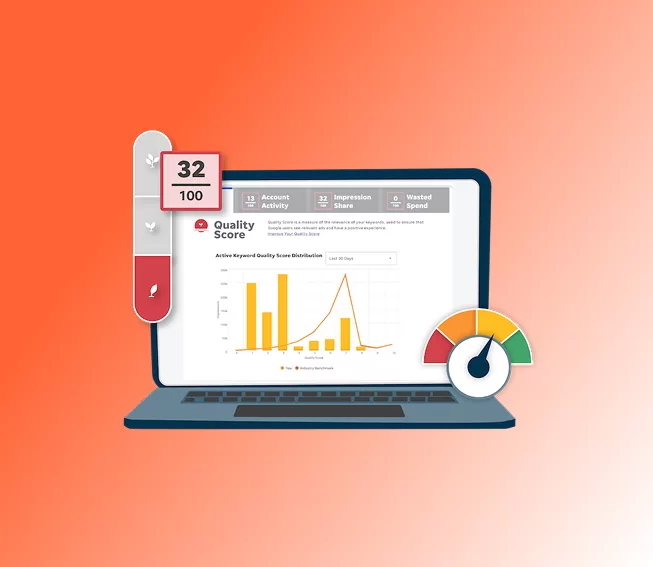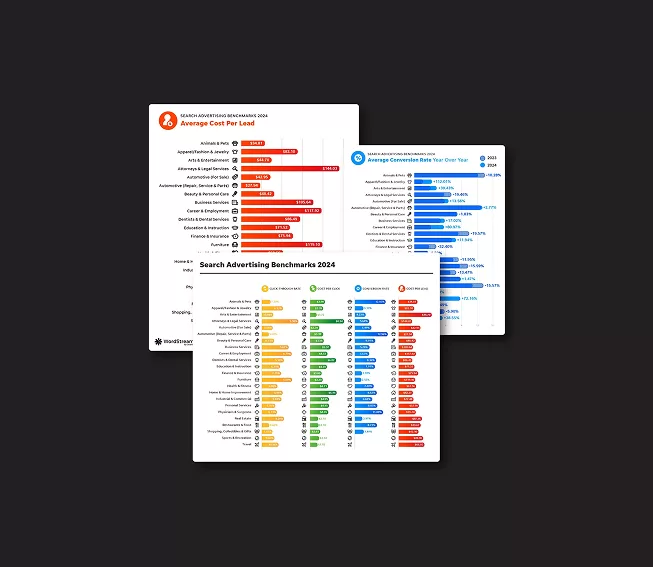If you’re on the fence about advertising your business, this might be a question you’re asking yourself. Is it really worth it for me to run Google Ads?
Well, the most common (and frustrating) answer you’ll hear in the search ads space is: it depends. And it definitely applies here too.
But that doesn’t really answer the question. So, we’ll dive into what you need to know to find the right answer for you.
Contents
- Are Google Ads worth it? (The short answer!)
- Benefits of Google Ads
- Potential drawbacks of Google Ads
- Factors to consider with Google Ads
Are Google Ads worth it? (The short answer)
Yes, Google Ads are worth it if you’re able to dedicate the resources to make it work.
Here’s a list of what those resources will be, in varying degrees:
- Time
- Money
- Expertise
With all that out of the way, let’s get into the benefits of Google Ads and a few things to keep in mind.
🛑 Already running Google Ads and not sure how they’re performing? Find out with a free, instant audit >> Free Google Ads Grader
Benefits of Google Ads
There are quite a number of benefits to Google Ads. Here are seven of my top influences as to why I like to use Google Ads for my clients.
1. Pay-per-click model
In the majority of campaign types in Google Ads, the advertiser is going to be charged in what’s called a pay-per-click model. That means you don’t pay Google anything unless someone actually clicks on your ad.
This makes PPC feel like a much better model than many other forms of advertising. For example, radio, television, or billboards used to be the primary source of advertising. But in that scenario, you only paid for your ad to be placed or aired.
With PPC, you at least get to have someone come to your site when you pay. Not just a potential impression that someone may or may not be paying attention to.
💸 Speaking of pay per click, find out average cost per click and more in our latest Google Ads Benchmarks!
2. Budget controls
But not only do you only pay when someone comes to your site, but Google lets you control your budget to ensure you won’t spend more than you want to (as long as you’re looking for averages).
Most Google Ads campaigns allow you to have a daily budget. While Google fully states that it won’t stick strictly to that target each day, it does ensure that it will average out to that daily target over the month.
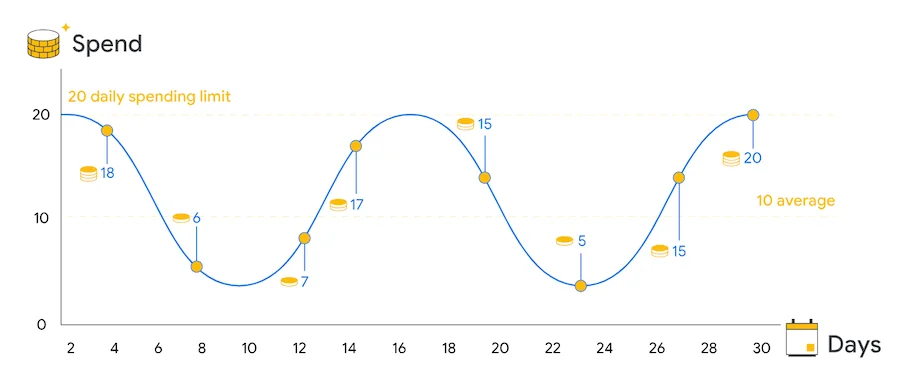
For example, if your daily budget is $10, then each day might see anywhere from $0 to $20 spent, but for the month, you won’t spend more than $304 (30.4 times the daily budget).
3. Targeted audience
Google Ads lets advertisers target users exactly when they’re searching for or looking at content related to their products.
Depending on the network, there are tons of different targeting options one could use, including:
- Keywords
- Audiences
- Demographics
- In-market segments
- Interests
- Affinity groups
- Contextual targeting
- Time of day/day of week
- Device type
- Location
- And more

Each of these is a different layer within the Google ecosystem that lets advertisers narrow down their ads on exactly the right users, in exactly the right place, at exactly the right time. If you’d like more details on the 14 audience types, you can check out our recent post here.
🕵️♀️ Need help finding your best audience? Download the guide >> How to Find Your Target Audience [Simple Steps!]
4. Broad network options
In addition to the many ways you can target your audience through Google Ads, you can also reach them in just about any environment that’s owned by Google, and some that aren’t!
Google Ads has a very wide range of networks it serves ads on. Search is just the most well-known. But did you know you can also run ads on YouTube, Gmail, and by using the Display Network, you can target people on third-party sites?
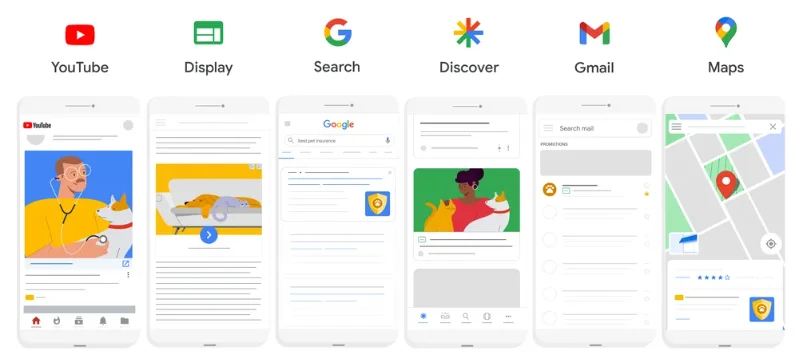
Without a doubt, Google Ads provides the best combination of a large network of potential placements along with a sophisticated ad platform.
5. Local targeting
Now, while you might want a ton of reach in terms of network, you may need to target only a specific area for your ads. Or you might have a wide reach there too. No matter where your target audience is, Google Ads likely has the location targeting that will match your needs.
In the campaign builder, you get to select your specific target location. This could be a city, state, country, zip code, congressional district, or even a radius target around a specific location. You can mix and match all of these to your heart’s content to create just the right mix of locations for you.
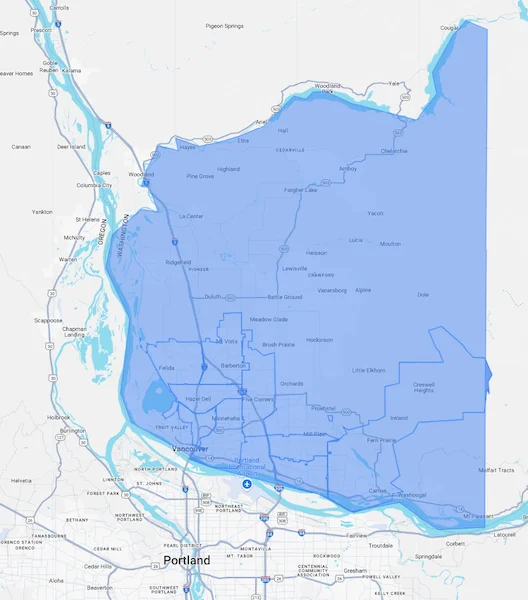
Not to mention, each of these locations is also able to be added as an excluded location if you don’t want to show up there.
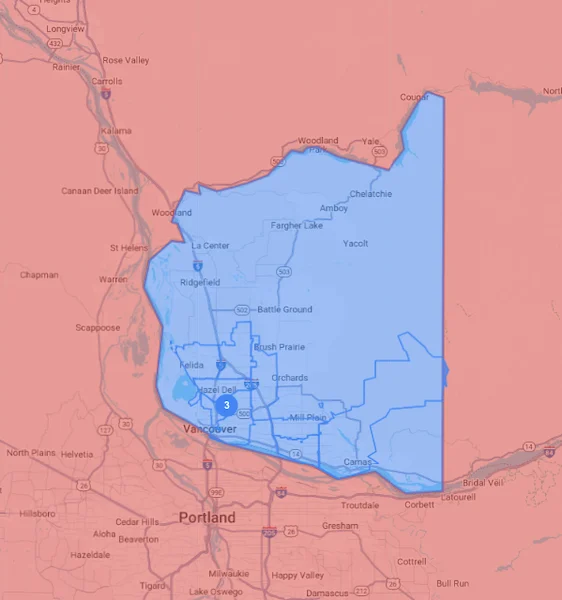
Lastly, there’s also a control to ensure your target audience is specifically in the location you’ve added for targeting. By default, Google includes when someone is outside of your target location but is interested in your location, meaning they’re likely searching for or researching things in that location. This is an easy fix if you don’t want that extended reach.

6. Measurable results
One of the biggest benefits, and likely the most attractive portion of the Google Ads PPC model when it originally launched, is the ability to track how the campaigns perform.
As I mentioned above, Google Ads (depending on the bid model) had a huge benefit over TV, radio, and billboard ads because you only paid when someone clicked. But even further, Google Ads provides advertisers with the ability to track when someone actually becomes a customer!
With just a small snippet of code added to your site, you can see which campaign, ad group, keyword, and ad variant was responsible for your lead or sale. Nowadays, there are multiple routes you can take to track those actions. Whether directly with Google Ads, GA4, through Google Tag Manager, or in an import from an offline source, you’re almost guaranteed to find a solution that will work for your business.
7. Smart automation
Furthering the last point to close out our (certainly not exhaustive) list of benefits of Google Ads, the automation associated with the platform is second to none.
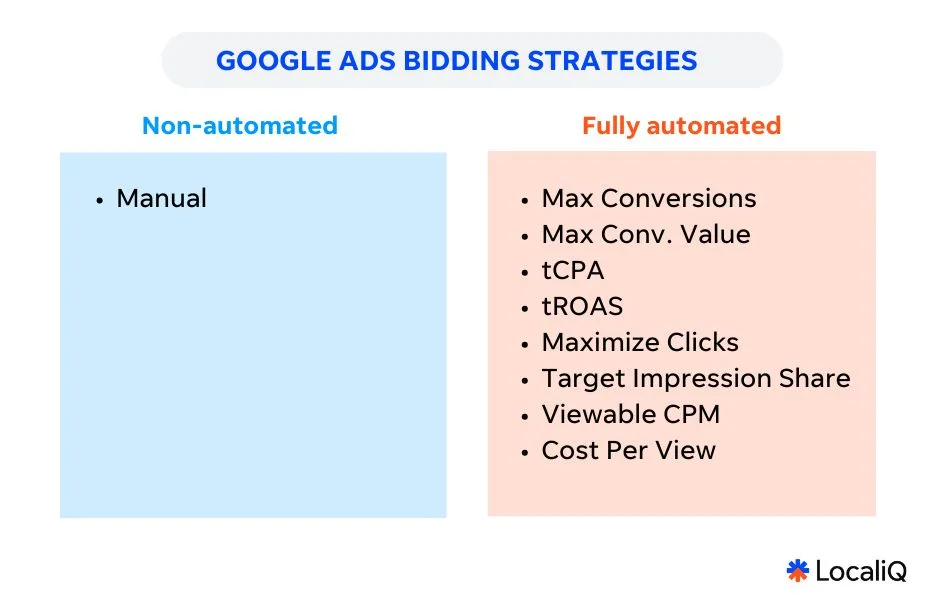
When it comes to performance marketing, you can combine the power of tracking each and every one of your sales (and the revenue associated with them) with the powerful machine learning of the Google platform to find and convert even more customers through their smart bidding algorithms.
In addition to performance improvements, there are lots of tools in the platform designed to make it easier for marketers to 1) get up and running, and 2) put a good foot forward for their business.
Google has always been proud of its platform for its ease of access and how quickly you can get up and running. But if I’m honest, for the majority of the past few years, you could certainly get something up and running quickly, but it would likely be ugly and may not perform well.
With their new tools, specifically around creatives, I’m much more confident in Google’s ability to get businesses started on the right foot with marketing.
The caveat to this benefit: you can easily launch something that doesn’t perform.
Even though Google says it’s smart enough to generate conversions for you even if you’ve never tracked a conversion, I personally take that with a mine’s worth grain of salt.
Before launching any campaign and expecting Google’s automation tools to take care of everything for you, check out some of the other articles around these features and how you can use them to your best ability:
- Google Ads Bid Strategies
- Google Auto-Applied Recommendations
- Automated Assets
- Performance Max Strategies
Potential drawbacks of Google Ads
Like with any marketing strategy, there are some considerations you’ll want to keep in mind.
1. Audience fatigue
Google Ads is most commonly associated with search ads, but there are lots of other targeting options on the platform. One of my favorites is remarketing because you can reach users who have interacted with your brand before across multiple different platforms like display, Gmail, and YouTube.
But this strategy can wear out its welcome if you’re not keeping your audiences fresh and changing the creatives. Don’t let Google Ads be a set-it-and-forget-it strategy, or you’ll likely oversaturate your audience and create a negative association with your brand.
2. Long-term strategy
Continuing the point above, Google Ads, remarketing or otherwise, is simply not a set-it-and-forget-it type of channel. A long-term strategy is necessary if you want Google to be an evergreen part of your marketing efforts. Even search campaigns can have lots of changes over the weeks, months, and years.
Google still stands behind its statement that 15% of queries are brand new, never seen every single day. That means search trends are constantly shifting, so your keyword strategy likely needs to too.

But that’s only one type of targeting in the platform. Google is constantly launching new campaign types (Performance Max, Demand Gen, and now AI Max for Search) that you should be up to speed on, even if you don’t want to rely on them for your performance.

3. Competition
The last thing to keep in mind about Google Ads is the competition. Google is a well-established channel with a proven track record for marketing businesses. Odds are, if you’re interested in running ads there, your competitors are likely interested as well, if they’re not already there.
We mentioned earlier that Google is a pay-per-click model, but it’s also an auction model. So the more competitors that are in the market, and the more aggressive they’re willing to be, the higher your costs will be.
That’s not to say that competition should be a deterrent to you advertising on the platform, but you need to be aware that there may be scenarios where the actions of other competitors will have an impact on your performance.
Factors to consider with Google Ads
Now, just because there are a lot of benefits to Google Ads doesn’t mean it’s going to be the right fit for you. And even if it is the right fit, that doesn’t mean you should blindly jump in and not take the time to understand how to get the most from the platform.
Conversion tracking
Conversion tracking is certainly one of the biggest benefits to Google Ads over other forms of advertising, but depending on how your site is set up, it can also be challenging.
There’s rarely a scenario when I’ll launch paid ad campaigns (Google Ads or otherwise) that don’t have some form of conversion tracking in place and QA’d first.
If you’re having challenges with conversion tracking, it may be tempting to launch campaigns and simply monitor overall performance to see if Google Ads has an impact, but that will lead to feelings entering your very dollar-focused, bottom-line, performance-driven decisions. No one wants that.
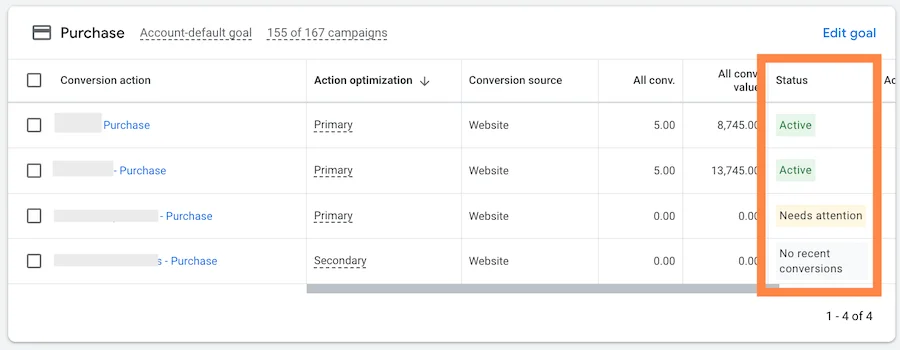
Do your future self a favor and only launch your campaigns once conversion tracking is in place and working properly.
Landing page optimization
While there are tons of bells and whistles that you can use to get incrementally better performance out of Google Ads, there’s one thing they can’t help you with: a bad landing page.
The conversion rate on your landing page is going to be a big determining factor of whether the platform can work for you or not. If you’re not willing or able to spend the time and money it takes to have a good landing page, you’re likely going to be throwing money away.
There are tons of websites that can help you develop good landing pages. Platforms like Unbounce and Instapage make it very easy to use WYSIWYG builders to make high-converting landing pages without much expertise.

Budget
Google Ads gives you the ability to be flexible with your budget. But you will still need a budget to run Google Ads, which depends on your industry, keywords, and competition. Be mindful of the Google Ads benchmarks for your industry so you can get a good idea of what you should be spending in Google Ads to drive the best results for your business.
Experience and expertise
Running Google Ads isn’t super straightforward, and it requires ongoing optimization to continue seeing results. There are plenty of training courses and free resources you can use to get help running your Google Ads, or you might consider finding a search marketing partner to run your campaigns for you.
Are Google Ads right for you?
Google Ads is a highly valuable and customizable channel for advertising your business with quite a few benefits. Sure, there are some considerations to keep in mind as you leverage the platform, but in my opinion, they can be relatively easy to overcome with some pre-planning and preparation.
If you feel like Google Ads are a fit for you, reach out for a demo to see how we can help.




